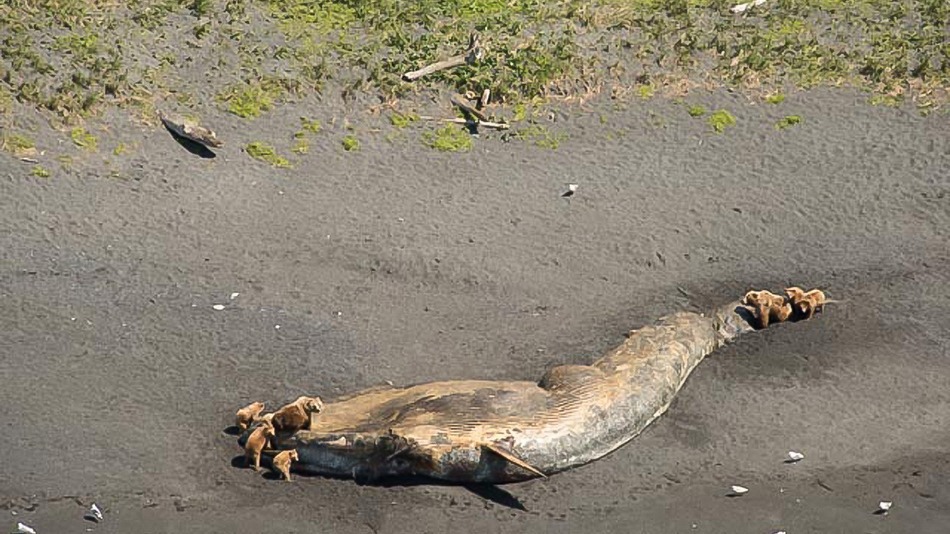Further investigation planned in whale deaths in Alaska
Thirty large whales have died suddenly in northern west coastal waters since May, more than three times the average number. Teri Rowles, NOAA Fisheries’ marine mammal health and stranding response co-ordinator, told reporters during a teleconference Thursday that large-scale whale deaths are among the toughest to investigate, partly because the carcasses often are floating, rarely beached and hard to access for examination. “Bio toxins will be a top priority, but not the only priority that we’ll be looking at to rule in or rule out whether it’s playing a role in this investigation and these mortalities”.
Rowles said this does not appear to be a “coast-wide” event at this point, noting that large whale deaths have not increased during the same timeframe near California, Washington and Oregon as they have very locally in the western Gulf of Alaska.
But NOAA investigators aren’t ruling anything out – yet.
The broadcaster said an additional six dead whales have turned up along the coast of British Columbia, and Canadian authorities are working closely with NOAA.
It’s the first unusual mortality event for whales ever in Alaska, and just the third of any kind in the state. We’ve been able to do necropsies on two of those animals that were fairly fresh and they were accessible.
Numerous carcasses discovered during this unusual mortality event have been too decomposed or located in inaccessible areas too unsafe for human investigators to traverse.
Scientists have been unable to determine what might be causing the mysterious whale deaths. “So the food out there for these large whales is becoming poisonous”.
NOAA is now asking members of the public to aid in the investigation by contacting the Alaska Marine Mammal Stranding Network hotline if they come across a stranded or dead marine mammal. Only specially trained marine mammal experts are authorized to respond to marine mammals in distress.
“The public should not touch stranded or floating whales”.








